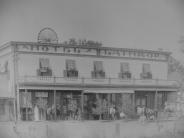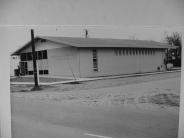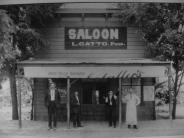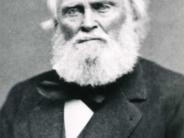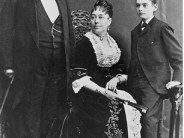Lathrop History
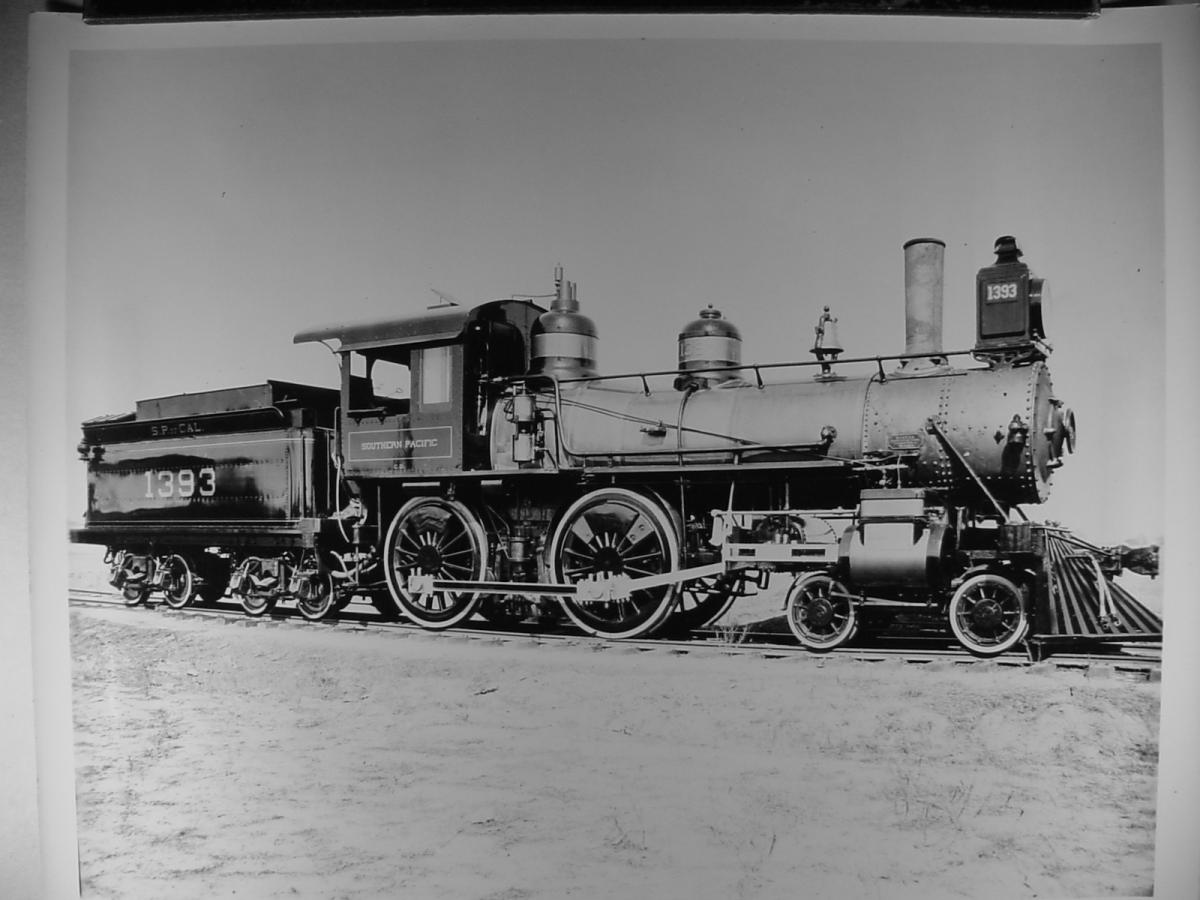
(Text from General Plan adopted December 17, 1991, beginning page 1-1)
The town of Lathrop began with a store and schoolhouse prior to construction of the Central Pacific Railroad around 1870, and was known as Wilson's Station. The town was founded initially by Leland Stanford, as a product of political controversy with the City of Stockton over negotiations on the Central Pacific's alignment through Stockton. Subsequently, Stanford ordered construction of the railroad around Stockton. Wilson's Station was renamed for Stanford's brother-in-law, Charles Lathrop, and became an important division point and rail stop by 1871. The Town's growth through the 1870's was steady, reaching a population of about 600 by 1879.
Lathrop entered a period of decline in the 1880's which was to continue for nearly 50 years. With the transfer of the railroad roundhouse and machine shop to Tracy, the transfer of rural postal customers to Manteca and a major fire in 1911, Lathrop's population and economy dwindled until World War II. The war brought Permanente Metals and the Sharpe Army Depot to town. Permanente produced aircraft parts and magnesium bombs, while the Depot became one of the major army supply depots in the Western United States. The Depot remains as a major employer in San Joaquin County and serves as the U.S. Army's western distribution center for repair and spare parts.
During the 1940's, Lathrop expanded from its original town site to an area of about five square miles. Housing tracts were constructed during postwar years and Lathrop became home to large industrial employers. They include Best Fertilizer, now operated by Simplot for the production of pesticides and fertilizers, and Libby-Owens-Ford which produces auto glass. Residential growth was slow during the 1950's and 1960's, but accelerated through the '70's and '80's. Nearly all of the vacant land between the original town site and Interstate 5 has been developed. With about 3,700 people and 1,100 homes in 1980, Lathrop has expanded to a population of 6,841 in 1990 and about 7,000 in early 1991.
Lathrop became a municipality by an overwhelming majority of the votes cast in the election held in 1989. The current General Plan Program commenced in the spring of 1990 with a planning area extending west to the San Joaquin River and north to Roth Road. The Program was enlarged in January, 1991, to encompass the nearly 5,000 acre Stewart Tract west of the San Joaquin River.

